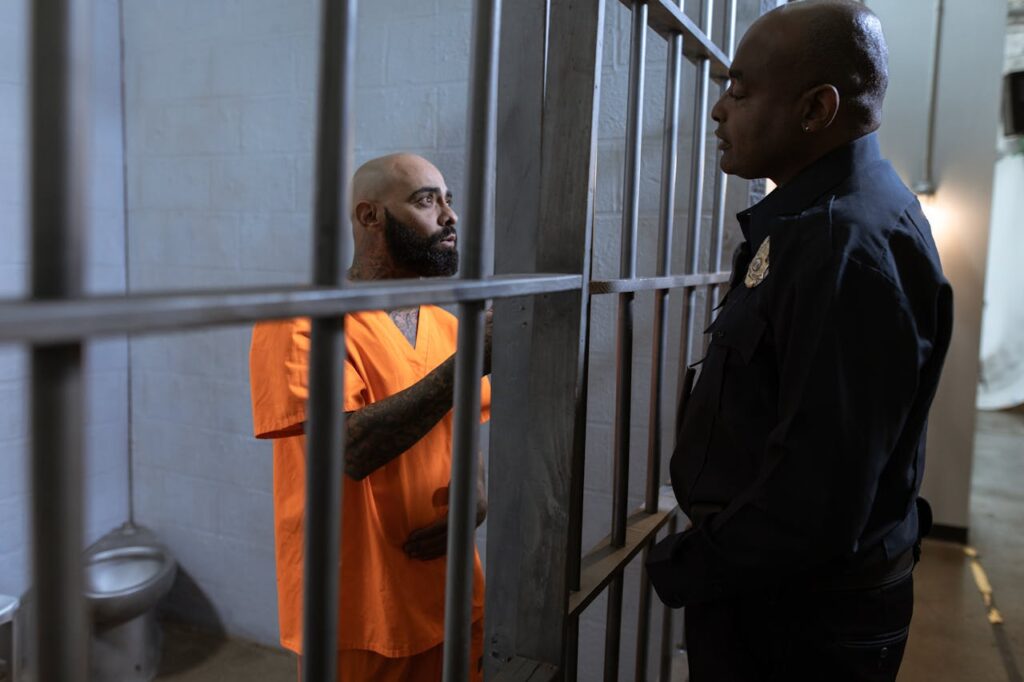Now Reading: The Complicated Issue of Fault in a Multi-Vehicle Crash
-
01
The Complicated Issue of Fault in a Multi-Vehicle Crash

The Complicated Issue of Fault in a Multi-Vehicle Crash
Determining fault percentages is challenging work in a multi-vehicle crash. Multiple vehicles are often involved in accidents, especially when the lead vehicle follows too closely and needs to make a sudden stop. That can create a chain reaction between highway vehicles where each vehicle rear-ends the vehicle it follows.
Other types of multi-vehicle accidents than rear-end crashes can certainly occur. These include:
- Head-on collisions generating tremendous force;
- Rollover accidents that can damage multiple vehicles;
- Side-impact collisions force cars into other cars’ pathways;
- Blindspot accidents that cause chain reactions
Severe Injuries and Property Damage
All the drivers involved might share the responsibility for the accident if all the vehicles were following too closely – a common occurrence. Inclement weather reduces visibility, and poor road conditions can make a trifecta of perfect conditions for a severe chain of accidents. Commercial trucks might share liability with negligent companies, service mechanics, and faulty safety products that fail at the most inopportune moment.
Assigning Blame Percentages
According to a professional car accident lawyer serving Tucson, multiple car crashes make assigning the standard blame percentages difficult. Usually, a rear-end accident is caused by the following vehicle not allowing enough distance between vehicles to stop safely. However, law enforcement investigates the forensic evidence of the crash carefully to determine which vehicles followed too closely based on weather, road conditions, and speed.
Usually, one car is responsible for initiating the chain reaction, but two or more cars might be held partly to blame. The police try to find answers to the important questions like which vehicles were speeding, following too closely, or suffering braking equipment failure. Police usually generate a preliminary report where they assign percentages of blame like 80% to the primary driver found at fault and 10% responsibility to two of the other drivers.
Multiple Interpretations of Blame
Assigned percentages of blame are often controversial, and the case might feature three or more interpretations. One is the report of investigating police officers. In addition, a different interpretation might be agreed on by the vehicle drivers, while insurance companies often issue their own formula for assigning liability.
According to the National Highway Traffic Safety Administration, there were 6.7 million vehicle accidents in 2018. Approximately 4.8 million of the accidents only caused property damage, but that doesn’t mean the accidents are less controversial. Property damage causes pain and inconveniences, wastes lots of time while repairs are being made, and usually results in a feeling that something’s off-kilter or not up to par in the repaired vehicle.
Arbitration as a Solution
Considering all the interpretations of police reports, driver opinions on assigning blame, and insurance company interpretations – and there can be several competing scenarios from different insurance companies – arbitration might be the best course to pursue in multiple-vehicle crash cases.
Arbitration is an alternative way to negotiate disputes without wasting valuable court time. For example, insurance companies – as expert negotiators – usually accept arbitration to settle disputes involved in lawsuit cases. In fact, many insurance policies require arbitration for settling disputes.
Arbitration uses a neutral third-party candidate to hear a case and get the parties to agree. Usually, retired judges are often used. Arbitration can be binding or non-binding. In non-binding arbitration, any vehicle driver can reject the terms and file a lawsuit based on their preferred formula for assigning blame. Arbitration is also useful in any disputes involved in no-fault insurance coverage.
Getting Legal Assistance
Hiring a lawyer is mandatory when dealing with a complex accident involving multiple vehicles. Contact a professional car accident lawyer in your state to benefit from their deep knowledge of the law and legal procedures. The lawyer can make sense of competing claims, counterclaims, and complex formulas for assigning fault.
In all at-fault states, assigning blame is critical for any accident case. Legal entanglements can seem like Gordian knots, but the right lawyer can cut through the complexities and red tape involved in multi-vehicle car crashes.
After graduating from a skincare course, Tia B. Garcia decided to become a beautician and start her own clinic. Once she achieved her goal, Tia was surprised by not feeling fulfilled. So, she began focusing on sharing her knowledge and expertise with others. Tia collaborates with various blogs and writes about cosmetic procedures, skincare tips, and shares secrets of the beauty industry.











